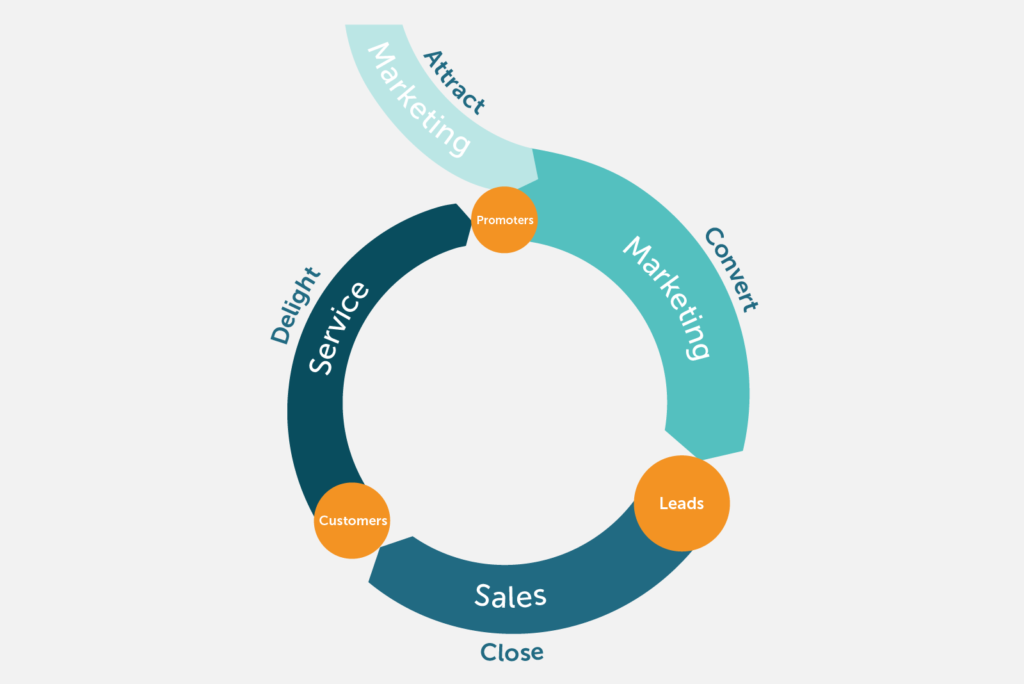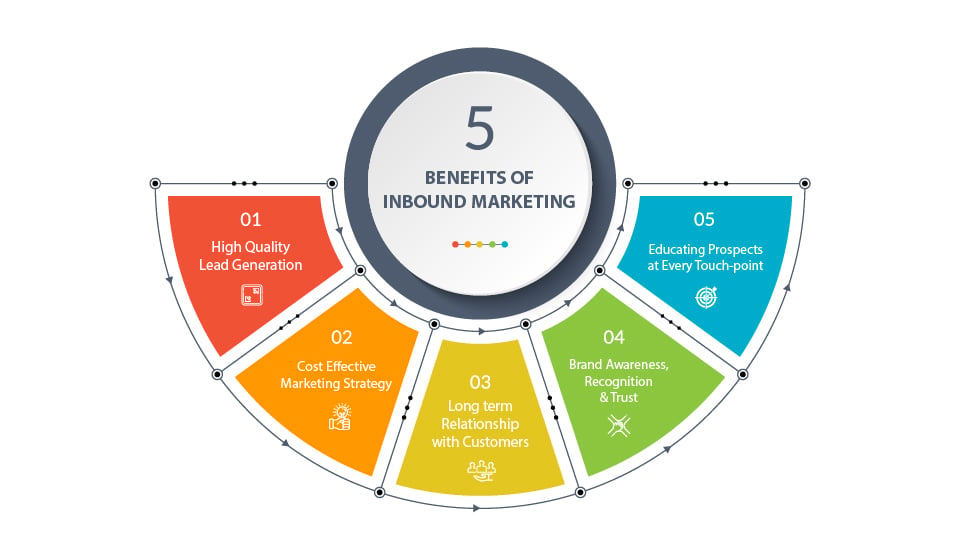Grow Smarter with HubSpot: Discover the Power of Inbound Marketing
In today’s fast-paced digital landscape, successful businesses understand the critical need to adapt and evolve. Traditional marketing methods have given way to more effective and customer-centric strategies. One such strategy that has gained immense popularity and proven its worth is inbound marketing. At the forefront of this revolution is HubSpot, a platform that empowers businesses to grow smarter through inbound marketing techniques. In this comprehensive guide, we’ll explore the power of inbound marketing and how HubSpot can be the catalyst for your business’s growth.
Understanding Inbound Marketing
Inbound marketing is a customer-centric approach that involves attracting, engaging, and delighting potential customers at every stage of their buyer’s journey. Unlike traditional outbound marketing, which interrupts individuals with messages they may not want, inbound marketing focuses on providing value and building meaningful relationships.

The inbound methodology is based on four key stages:
- Attract: Attracting the right audience by creating valuable and relevant content tailored to their needs and preferences.
- Convert: Converting website visitors into leads through compelling calls-to-action, landing pages, and forms.
- Close: Closing leads into customers by nurturing them with targeted content and engaging communication.
- Delight: Delighting customers with exceptional service, engaging content, and ongoing support to turn them into promoters of your brand.
The HubSpot Advantage
HubSpot is an all-in-one inbound marketing, sales, and customer service platform that provides the tools and insights necessary to implement a successful inbound strategy. Let’s delve into the features that make HubSpot a powerhouse for inbound marketing.

1. All-in-One Platform
HubSpot brings together a suite of integrated tools that cover every aspect of inbound marketing. From content creation and social media management to email marketing and analytics, HubSpot offers a centralized platform to streamline your marketing efforts.
2. Persona-Driven Marketing
Understanding your target audience is fundamental to inbound marketing. HubSpot helps you create buyer personas – semi-fictional representations of your ideal customers. This knowledge allows you to tailor your marketing strategies to suit the unique needs and preferences of different segments of your audience.
3. Content Optimization
Content is at the heart of inbound marketing. HubSpot helps you optimize your content for search engines (SEO) and provides recommendations to enhance its performance. Additionally, the platform allows you to schedule and publish content across various channels, saving you time and effort.
4. Marketing Automation
Automation is a crucial aspect of inbound marketing, enabling personalized and timely interactions with your audience. HubSpot automates repetitive tasks, such as email marketing, lead nurturing, and lead scoring, allowing you to focus on creating exceptional content and building relationships.
5. Lead Generation and Management
HubSpot’s lead generation tools help you capture and organize leads efficiently. Forms, pop-ups, and live chat features engage visitors and convert them into leads, while lead nurturing workflows ensure that you are providing the right information to the right leads at the right time.
6. Analytics and Reporting
Inbound marketing success relies on data-driven insights. HubSpot offers robust analytics and reporting capabilities, allowing you to track the performance of your campaigns, measure ROI, and make informed decisions to optimize your marketing strategies.
Implementing Inbound Marketing with HubSpot
Now that we’ve explored the power of inbound marketing and how HubSpot can be a game-changer, let’s outline steps to implement an effective inbound strategy using the HubSpot platform.

Step 1: Define Your Goals and Objectives
Identify what you want to achieve with your inbound marketing efforts. Whether it’s increasing website traffic, generating leads, or boosting sales, setting clear and achievable goals is the first step toward success.
Step 2: Understand Your Audience
Leverage HubSpot’s persona tools to understand your target audience better. Develop detailed buyer personas that encompass demographics, behaviors, challenges, and goals. Tailor your content and communication to address their specific needs.
Step 3: Create Valuable Content
Develop a content strategy that aligns with your target audience’s interests and pain points. Use HubSpot’s content optimization tools to ensure your content is SEO-friendly and resonates with your audience. Publish and promote your content through HubSpot’s platform.
Step 4: Implement Marketing Automation
Utilize HubSpot’s automation features to streamline your marketing processes. Set up automated email campaigns, lead nurturing workflows, and personalized interactions to engage and convert leads effectively.
Step 5: Monitor and Optimize
Regularly monitor the performance of your inbound marketing campaigns using HubSpot’s analytics and reporting tools. Identify areas for improvement and make data-driven adjustments to optimize your strategies for better results.
Conclusion
Inbound marketing, powered by HubSpot, is a transformative approach that can elevate your business to new heights. By attracting, engaging, and delighting your target audience, you can foster lasting relationships and drive growth. Embrace the power of inbound marketing with HubSpot, and watch your business flourish in the digital age.


